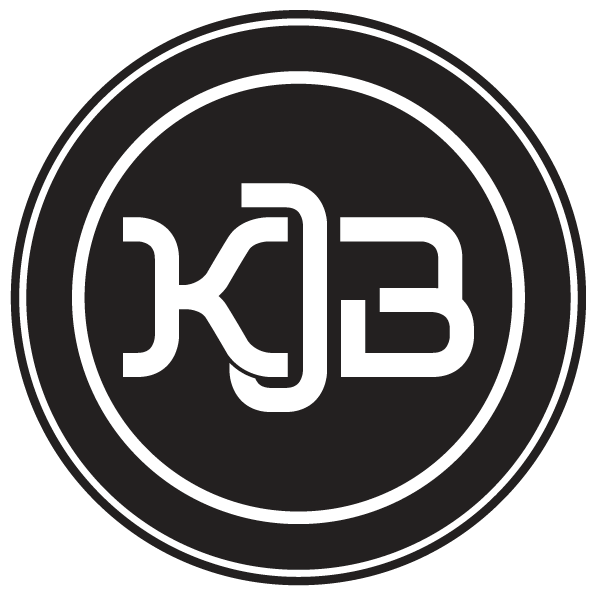New Service or Product Launch Plan / Strategy Document Template

Launching a new service or product can be a challenging endeavour. However, with a well-thought-out roadmap and clear direction, you can navigate this process effectively. This document outlines key ideas, stages, and tasks to ensure a strong foundation for your launch strategy. By following this guide, you’ll be well-equipped to bring your offering to market efficiently and successfully.
Phase 1: Laying the Groundwork
1. Define and Refine Your Offering
- Consolidate and articulate your value proposition: Clearly outline what your service or product offers and how it addresses customer needs.
- Develop a compelling elevator pitch: Create a concise and persuasive summary of your offering that can be communicated in under a minute.
2. Establish Your Brand Identity
- Logo and branding: Design a logo and establish branding elements that align with your target audience and convey your value proposition.
- Domain name and website: Secure a domain name and develop a user-friendly, professional website that highlights your service, benefits, and how to engage with it.
3. Social Media and Online Presence
- Facebook: Set up a page to engage with your audience, share updates, and build a community.
- LinkedIn: If your offering is professional or B2B, create a LinkedIn presence to connect with businesses and professionals in your niche.
4. Prepare Marketing Materials
- Press release: Draft a launch press release to announce your service to the media and relevant stakeholders.
- Flyers and promotional assets: Design flyers, brochures, or digital graphics to promote your offering across various channels.
5. Identify Your Target Market
- Market research: Define who your ideal customers are and understand their needs, preferences, and behaviors.
- Database preparation: Organize and segment any existing customer databases to facilitate targeted marketing efforts.
Phase 2: Launch Strategy
1. Early Adopter Engagement
Early adopters play a critical role in the success of your launch. Focus on providing an exceptional experience to build loyalty and gather valuable feedback.
- Welcome strategy: Develop a warm and personalized onboarding experience for early users.
- Feedback collection: Create channels for early adopters to provide insights and suggestions.
- Community building: Foster a sense of connection and exclusivity among early adopters through newsletters, groups, or events.
2. User Experience Optimization
- Streamline support channels: Set up dedicated email addresses for information, support, and sales. These can initially route to a shared inbox for simplicity.
- Automate user communication: Implement a drip contact strategy, including:
- Welcome emails upon signup.
- Follow-up emails one week later.
- Targeted campaigns based on user engagement.
- Monitor and refine: Use analytics to track the user journey and identify areas for improvement.
3. Marketing Calendar and Events
Plan marketing efforts around key dates and events to maximize impact:
- Seasonal opportunities: Align campaigns with holidays, industry events, or major cultural milestones.
- Content calendar: Schedule regular content updates, blog posts, and social media campaigns to maintain engagement.
Phase 3: Post-Launch Strategy
1. Follow-Up and Retention
- Follow-up strategy: Develop a robust plan to maintain contact with users post-launch. Use email, surveys, and direct outreach to build relationships.
- Customer support: Ensure users can easily access help and resolve issues promptly.
2. Ongoing Marketing and Growth
- Refine campaigns: Use data-driven insights to adjust and improve your marketing efforts.
- Explore partnerships: Collaborate with influencers, industry leaders, or complementary businesses to expand your reach.
3. Scale and Adapt
- Evaluate and iterate: Regularly assess your strategy’s effectiveness and make adjustments as needed.
- Expand offerings: Use feedback and market trends to explore additional features or services that complement your initial launch.
By carefully planning each phase of your launch and maintaining flexibility to adapt, you can create a successful trajectory for your new service or product. Remember, preparation and consistency are key to achieving long-term success.
